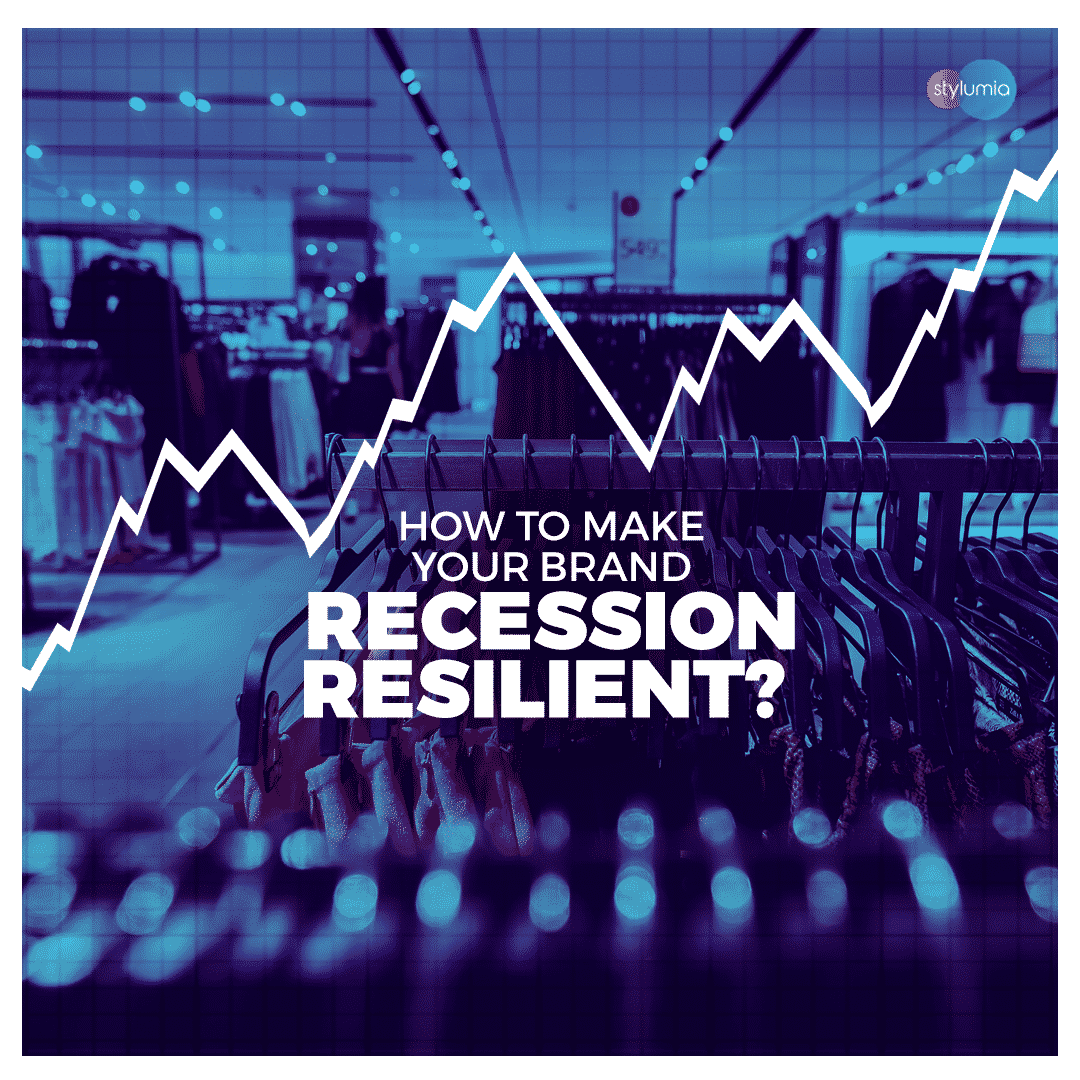How To Make Your Company/Brand RECESSION-RESILIENT?

In this edit, we look at global perspectives on a potential recessionary trend, what any fashion & lifestyle brand/company can do to be recession-resilient in these times.

I’ve heard there’s going to be a recession. I’ve decided not to participate.
Walt Disney
You can not get motivated more by seeing news headlines in the last many months. It is the same across the world. Global leaders are talking about a recessionary trend already in most of the economies. Ballooning corporate debt, Government yields that are far lower than the previous average, Lower GDP growth in China relative to what it was before 2010, Global Automotive Slump, are all some of the leading indicators of a recession already in or on the near horizon. Tariff barriers between leading economies US & China is further adding fuel to the fire and causing potential consumer demand/manufacturing slump in the time to come.

While there are forecasts floating around, it has been proved that forecasts made by experts many a time go wrong in timing and in fact, they are always late in predicting a recession/ downturn. This Guardian article brings alive the challenges/difficulty in prediction. Here is Nobel price winning economist Paul Krugman’s view on a global recession. Paul ends his interview by saying “By the way, my track record for this is bad — as is everybody. No one is good at calling these turning points”
Considering economist’s prediction accuracy and getting it late, it is no better time than now to prepare.
The good thing is that we can learn from past events. There is an interesting study by Kevin Laczkowski and Mihir Mysore from Mckinsey who studied how different companies prepared and responded to the previous downturn and presented their findings in an HBR article early this year.
The question in front of all of us is not whether to prepare, it is how to prepare. Looking at the pattern of behaviour of companies during the recession, some companies not only survived during the downturn but thrived. The research focussed on companies that delivered an exceptionally high total return to shareholders (TRS) within their industries. Thie performance dipped less than their peers during the downturn. They also significantly widened their leads during the economic recovery.

What can we learn from these RECESSION-RESILIENT Companies?
These companies anticipated and started working on their actions ahead of their peers. They were exposed to top-line hits like others.
Their willingness to move early made them far more likely to successfully weather economic shock.
They built a lot more flexibility in their investment planning and operations in addition to pursuing continued earning expansion. They reduced debt significantly as the recession hit its peak while their peers in the market increased their debt.
It is not pruning jobs as much as business prudence and timeliness that helped the recession-resilient companies to perform ahead. “Cost Cutting” may end up inadequate in this environment for earnings growth.
The authors strongly recommend companies turning to digital tools and advanced analytics to bolster productivity and drive growth.
What Specific Actions Fashion Companies can take?
One of the key investments in any fashion business is “Inventory” which devalues with time which makes it all the more challenging. Long lead times in many cases pose a challenge to flexibility.
We recommend the following actions for any fashion brand/retailer
1. Plan your growth carefully (out of stock is better than overstock).
2. Do not place full orders in advance (keep a good % of in-season OTB (open to buy) for response) – quantum depends on your ability to respond.
3. Build a close to the season response capability. If you don’t have one, this is the time. Build partnerships that can bring this capability. You may consider reducing offshore (long lead time) ordering (time is more precious than product cost)
4. Use advanced analytics and intelligence in deciding your product range and placing the right quantity bets. Keep consumers at the centre of your decision making. A 10% increase in forecast accuracy can impact your earnings by 30-40%.
In our WTS’s 150th edition, Fashion’s Moneyball Moment article, we covered in detail how Analytics can be your competitive advantage. This article also talks about the analytics maturity model. You can see for yourself where you stand and start taking action forward.
5. Absorb/Adopt wholesale orders with caution, your partners also do not know what is coming up, educate them and move in together. The more you push more there can be a backlash when the demand slumps.
6. Relook at your portfolio and re-align for the time ahead. Build a data-driven competitive intelligence for a relevant response. In recessionary periods, there will be price sensitivity across the spectrum of offerings. Equip yourself with data-driven pricing intelligence in the marketplace. It will be critical to have the intelligence of what consumers are buying rather than what all is out there. Stylumia’s CIT (Consumer Intelligence Tool) bridges this need gap of knowing real-time trends of products and prices in local and global markets including future signals and current trends with one of its kind proprietary Demand Sense.
7. Eliminate all forms of waste. Most ignored is “Time”. Reduce decision-making time with data.
We at Stylumia, through our predictive solutions, enable fashion brands and retailers to stay on course with the Demand Sense to ensure that they are not only Recession-Resilient but always Resilient. If you would like to be one of those Recession-Resilient companies beating the downturn and also outperform when the market recovers, please reach out to us.



